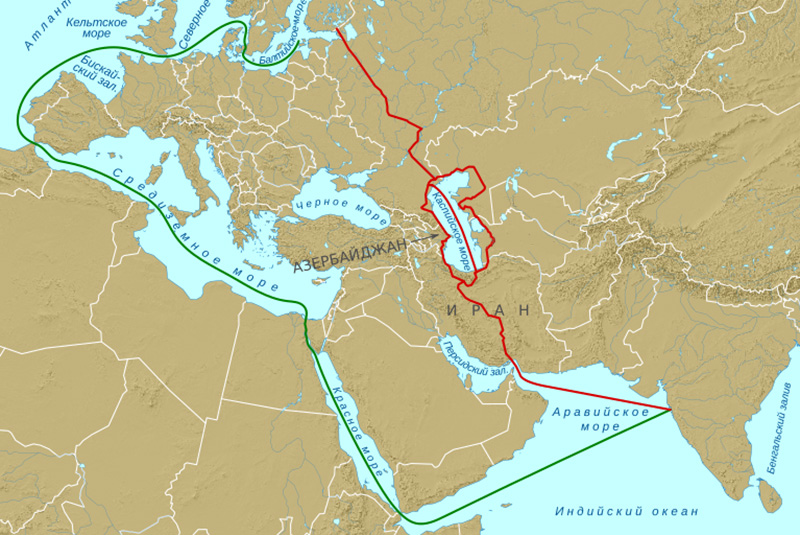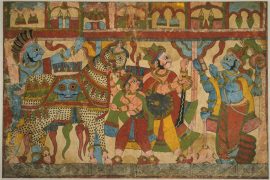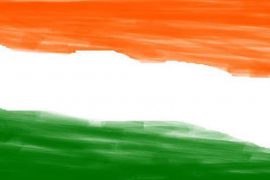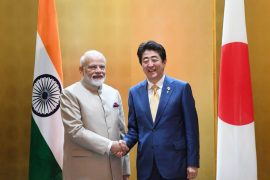From about the second century BC until the 14th century AD, the famed Silk Road or Silk Route linked China with the Mediterranean, crisscrossing China, India, Persia, Arabia and onto the European side. While the main item of transport was silk, it also saw commerce of items such as spices, grains, precious stones, fruits and vegetables.
With trade and commerce increasingly dictating the course of bilateral and international relations, countries and regions are now investing in developing trade corridors for easy transportation of goods and commodities. In Eurasia, for example, there is a convergence of countries’ positions in the implementation of global projects, particularly the development of new international transport corridors.
Thus, multi-modal transport corridors such as the East-West, North-South, Trans-Siberian, the Northern Sea Route – are under development. More and more Eurasian countries are taking concrete steps to develop their transport and logistics infrastructures to become participants in these transport corridors.
The main participants in the development of international transport corridors in the Eurasian region –are Russia, China, and India. If Russia is actively promoting its transport routes – the Trans-Siberian Railway and the Northern Sea Route, then China is engaged in developing the New Silk Road, and India the North-South corridor.
Copyright©Madras Courier, All Rights Reserved. You may share using our article tools. Please don't cut articles from madrascourier.com and redistribute by email, post to the web, mobile phone or social media.Please send in your feed back and comments to editor@madrascourier.com











